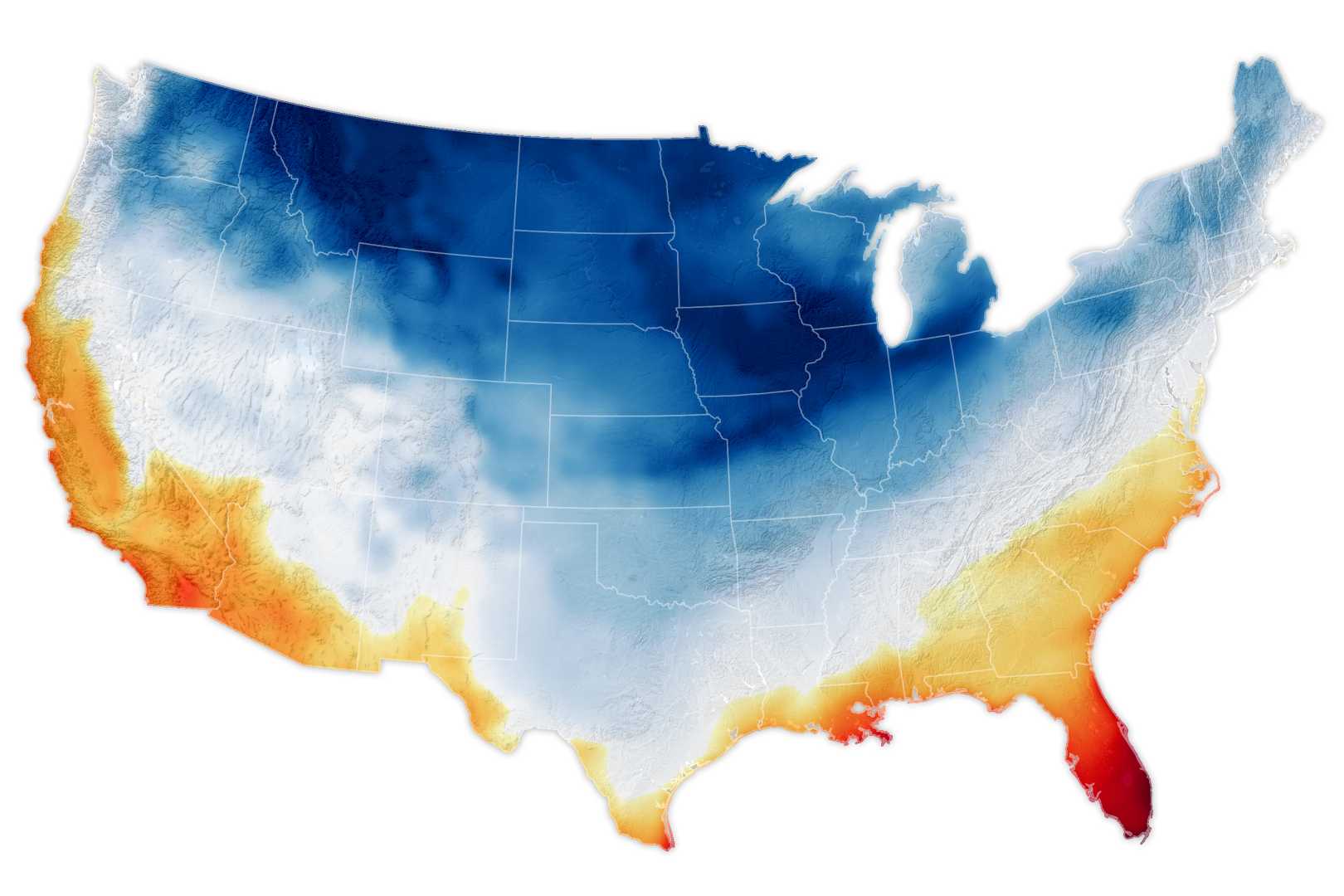News
Arctic Cold Sweeps U.S., Fueling Debate on Climate Change Impact

CHICAGO, Ill. — A brutal arctic cold wave is sweeping across the Midwest, East, and Deep South, with frigid temperatures expected to persist into the third week of January. The surge of cold air follows Winter Storm Blair, which left a trail of snow and ice from the Plains to the East Coast earlier this week.
Current temperatures have plummeted into the teens in Oklahoma and the 20s to low 30s across much of Texas. In the Southeast, lows in the 20s are widespread, with teens expected in Kentucky, Tennessee, and the Appalachians. Even central Florida is experiencing unseasonably cold weather, with lows in the upper 30s to low 40s.
Strong wind gusts are exacerbating the cold, creating dangerous wind chills that could lead to frostbite in as little as 30 minutes. While subzero temperatures are typical for January in the Dakotas and Minnesota, this cold snap is pushing lows near zero as far south as the Central Plains and Ohio Valley.
According to the National Oceanic and Atmospheric Administration (NOAA), this colder pattern could linger into late January, particularly in the Southeast. However, the cold is not expected to break many daily record lows, as the bar for such records in January is exceptionally high. For example, International Falls, Minnesota, known as the “Icebox of the Nation,” has daily record lows ranging from the upper 30s to mid-50s below zero.
This severe weather has reignited debates about the role of climate change in intensifying winter storms. A study published in the journal Nature last fall found a strong correlation between a warming Arctic and an increase in severe winter weather, including heavy snowfall and subfreezing temperatures. Judah Cohen, the study’s lead author and a climatologist at Atmospheric and Environmental Research, explained that a warmer Arctic destabilizes the polar vortex, allowing frigid air to escape southward.
“We’re seeing that this week,” Cohen said. “We had this snowstorm from Kansas City all the way to Washington, D.C. And now it could snow in Texas.”
Cohen’s research builds on earlier findings that link Arctic warming to more frequent disruptions in the jet stream, which can lead to polar vortex events. These events have caused significant disruptions in recent years, including the deadly 2021 Texas winter storm that resulted in widespread power outages and hundreds of deaths.
However, not all scientists agree on the connection between Arctic warming and severe winter weather. A 2022 study from the University of Exeter found that the loss of Arctic sea ice due to climate change is likely to have minimal impact on the jet stream through mid-century. James Screen, the study’s co-lead author, cautioned against attributing specific extreme weather events to Arctic warming.
Despite the debate, Cohen remains confident in his findings, which are based on observational data rather than climate models. “A warmer Arctic leading to colder winter weather to the south doesn’t seem to make sense at first glance,” he said, “but I think the physics are sound and fit what we’re actually observing.”
As the cold persists, communities across the U.S. are bracing for more disruptions, from power outages to hazardous travel conditions. The ongoing debate over climate change’s role in these events underscores the complexity of understanding and addressing extreme weather in a warming world.












